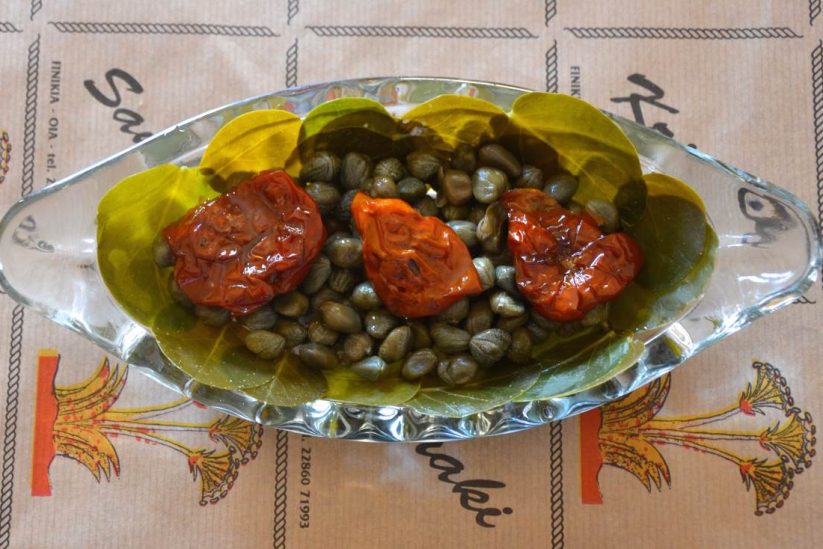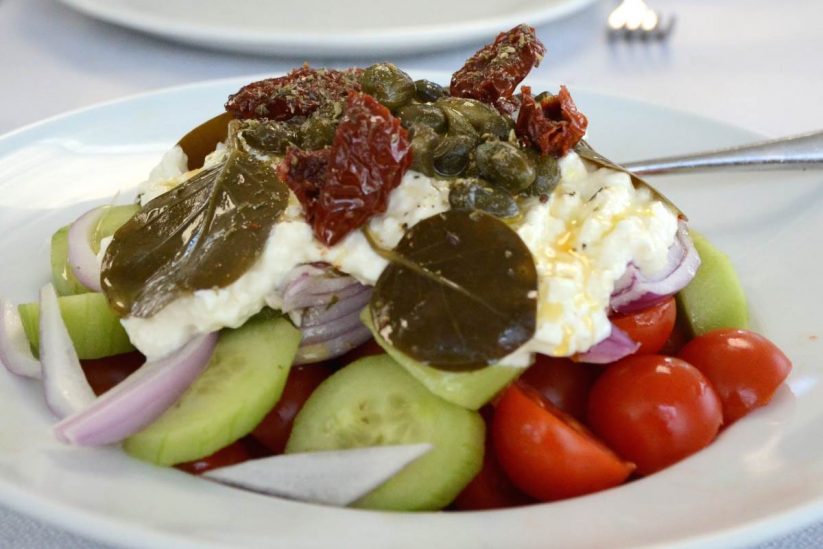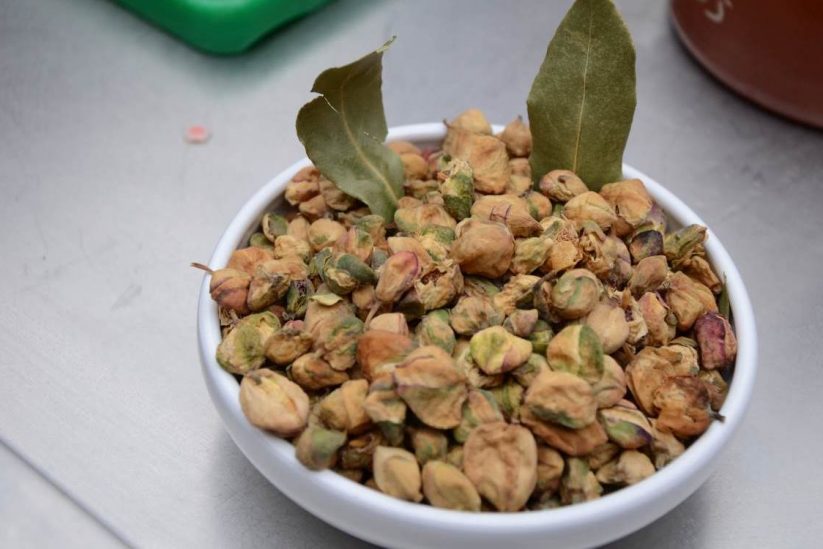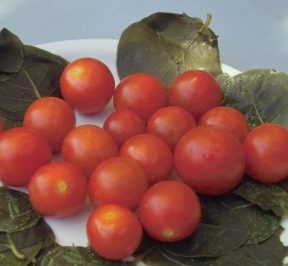Santorini capers
On the Aegean islands, particularly the Cyclades, you can find capers (capari, in Greek) growing in the most unexpected spots: sometimes hanging like a chandelier from steep rocks, bursting uninvited through cement and cracks on paved paths growing in courtyards and gardens, or sometimes sprouting from dry-stone walls and abandoned buildings.
A prominent condiment in Byzantine cuisine, capers are an important ingredient in traditional Aegean cooking today. They are used to garnish salads and to contribute their unique aroma and sharp taste to many dishes. Besides being a perfect accompaniment for the famous fava of Santorini, they often appear in stews or tomato sauces to accompany pulses and seafood or fish.
Capers are collected at various stages of growth. The most prized part are the buds, which have to be picked before they blossom. Contrary to popular opinion capers are not the fruit at all but the buds. And size is important too, but in this case the smaller the better.
Other edible parts of the plant are the leaves, shoots and the fruit (seed pods that resemble miniature cucumbers). All parts of the caper plant are bitter when picked. To be edible they must be pickled in brine. This allows the development of caper acid which lends its unique spicy taste. The procedure is similar to that of curing olives. First they are soaked in water for a week (changing it often until they lose their bitterness) and then stored in jars containing coarse salt, brine, vinegar or a combination of the two. That way they will keep indefinitely.
In Santorini (and in Sifnos) they are prepared in a different way. The Santorini capers are dried under the scorching sun until they harden and turn slightly blonde. They are rehydrated before using and added to various sauces.
Contact
- CategoryProducts
- LeaseSantorini







